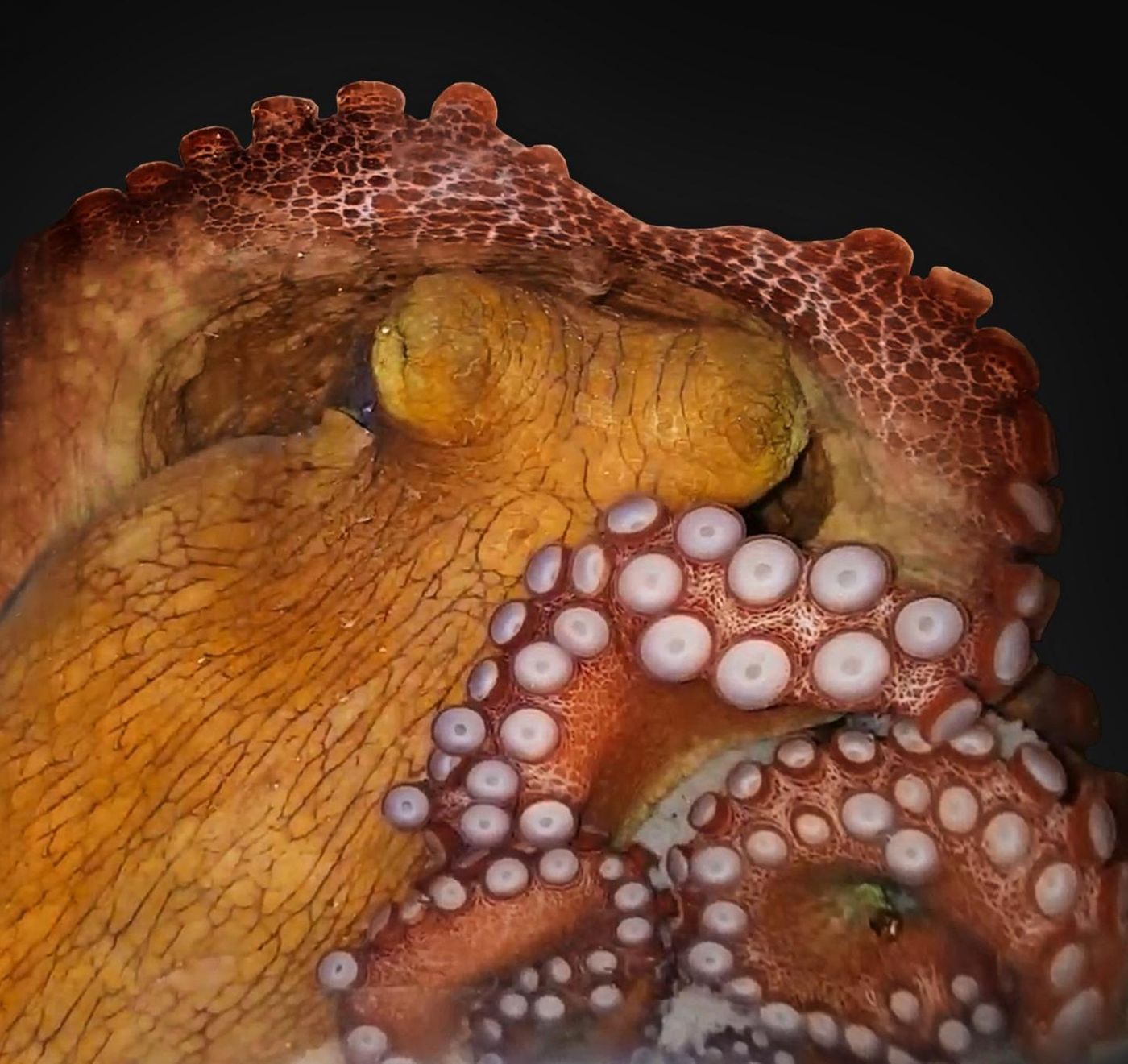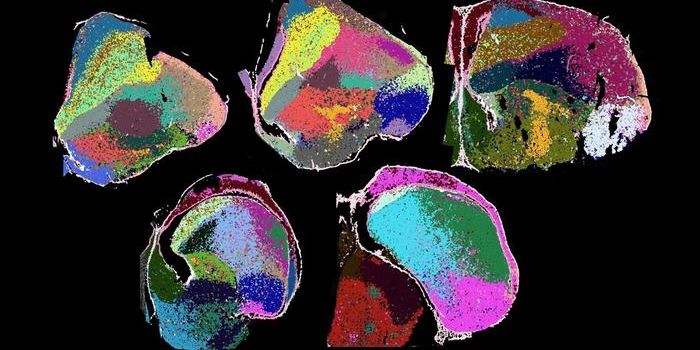Alternating Sleep Phases in Octopuses Suggest They Can Dream
Octopuses are known to sleep and change their colors while they do it. Researchers have now linked these color changes to alternating sleep phases, which are called 'active' and 'quiet' states. The findings have been reported in iScience, and the study authors suggested that this work may indicate that octopuses are able to dream. It may also help us learn more about the evolution and purpose of sleep.
It was once thought that only birds and mammals have more than one sleep state. But work has recently suggested that reptiles are capable of REM (rapid eye movement) and non-REM sleep. Cuttlefish, an octopus relative, are also thought to enter a REM-like state while they sleep.
"That led us to wonder whether we might see evidence of two sleep states in octopuses, too," said senior study author Sidarta Ribeiro of the Brain Institute of the Federal University of Rio Grande do Norte, Brazil. "Octopuses have the most centralized nervous system of any invertebrate and are known to have a high learning capacity."
In this study, the researchers watched videos of octopuses in the lab. While the animals were in the 'quiet' sleep stage, they remained still and of course, quiet; their eye pupils were contracted to slits and their skin was pale. But in an 'active' sleep stage, their skin color and texture changed, their eyes moved, and their bodies twitched.
"What makes it more interesting is that this 'active' sleep mostly occurs after a long 'quiet' sleep - generally longer than six minutes - and that it has a characteristic periodicity," Ribeiro said.
The octopuses entered a cycle that repeated about every 30 to 40 minutes. The scientists measured the arousal threshold of the animals' vision and touch to ensure that these states were representative of sleep. In both the quiet and active states, strong stimulation was required to elicit a response from the animals compared to an alert state when they were not sleeping.
"The alternation of sleep states observed in the Octopus insularis seems quite similar to ours, despite the enormous evolutionary distance between cephalopods and vertebrates, with an early divergence of lineages around 500 million years ago," noted the first study author and graduate student Sylvia Medeiros of the Brain Institute of the Federal University of Rio Grande do Norte, Brazil.
"If in fact, two different sleep states evolved twice independently in vertebrates and invertebrates, what are the essential evolutionary pressures shaping this physiological process?" she asked. "The independent evolution in cephalopods of an 'active' sleep analogous to vertebrate REM sleep may reflect an emerging property common to centralized nervous systems that reach a certain complexity."
The work may also indicate that these animals can dream, or something like it.
"It is tempting to speculate that, just like in humans, dreaming in the octopus may help to adapt to environmental challenges and promote learning," Ribeiro said. "Do octopuses have nightmares? Could octopuses' dreams be inscribed on their dynamic skin patterns? Could we learn to read their dreams by quantifying these changes?"
Sources: AAAS/Eurekalert! via Cell Press, iScience










